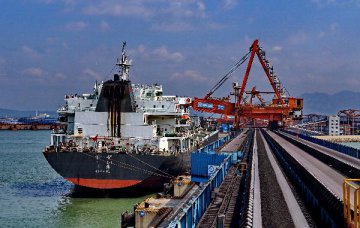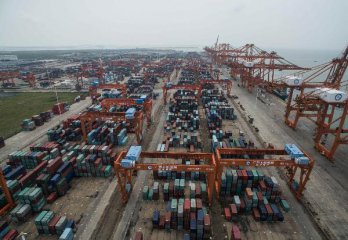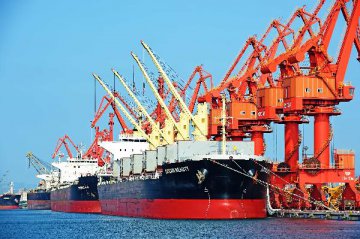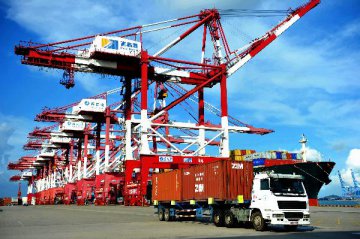
China has been faced with severe situation in foreign trade at present, affected by lackluster international demands and weakening of its foreign trade advantages.
According to a foreign trade report released by China's Ministry of Commerce (MOC), situation of China's foreign trade will remain complicated and severe next year, but the long-term fundamentals for the foreign trade remain sound.
Since the beginning of the year, China's exports have been sluggish with the fall in purchasing power of the overseas markets.
In particular, Russia and Brazil have seen their purchasing power decline due to economic downturn and currency depreciation.
Lots of Chinese small and medium-sized enterprises pointed out that majority of orders this year came from old customers, while new orders fell dramatically. Price of air conditioner is much higher than other household appliances.
Under the circumstances of less income, people will take the price factor into consideration. Especially in Southeast Asia, exports to the region were affected significantly. For example, in order to offset the decreased fiscal revenue, the Malaysian government increased taxes which were finally shifted to the consumers, said Xu Yong, head of export department in Gree Electric Appliances Company. The company's products are exported mainly to European countries, the USA and Russia. However, this years, its sales dropped by 30 percent. To be specific, orders from Russia reduced a lot, said a salesman of the China General Technology (Group). By the third quarter, the company's exports fell by a range between 20 percent and 30 percent from a year earlier, showing great pressure. On the one hand, it shows severe external environment.
On the other hand, the Chinese enterprises are poor in R&D and face cut-throat competition, adding further difficulties to the current situation, said Zhao Peng, deputy general manager of the Kipor Power Company.
Against the background of transformation in China's manufacturing industry, shuffles have already started. As a matter of fact, some enterprises have constantly invested resources in R&D and kept pace with the internationally first-class brands through transformation and upgrading.
However, the brand awareness is not enough, which, to some degree, dampens product sales, said some entrepreneurs. Compared with the past, the technological level and product quality in China's manufacturing industry have increased significantly.
However, plagued by the deep-rooted concept, the made-in-China products lack strong bargaining power in the international market. The foreign consumers still hold the old concept of the made-in-China products, namely, low quality and low price, said Xu. The company's R&D costs account for 15 percent and 20 percent of the total.
Besides, it also engages international designers to enhance the product design and competitiveness, said Ye Weiyang, general manager of the Heyuan Xinda Quartz Technology Co., Ltd. Although China has rolled out policies to encourage enterprises to participate in exhibitions, visit customers and make market investigations, the efforts are not enough, Ye added.
Now, more and more Chinese enterprises have realized importance of the innovation and sought to make breakthroughs in product quality and functions. In addition, it is also important to mould internationalization strategy of the private brands, said experts.
























Latest comments